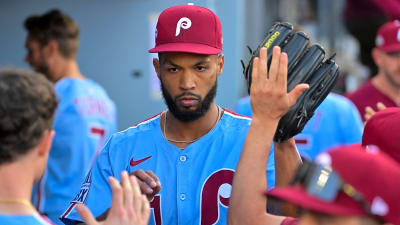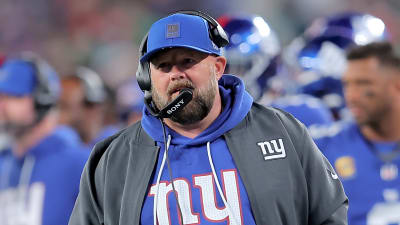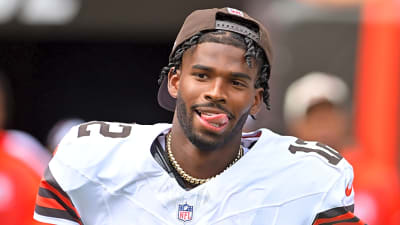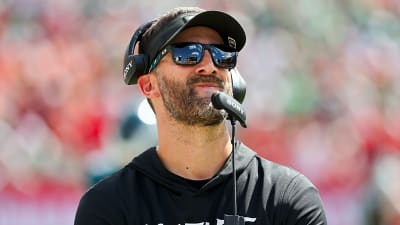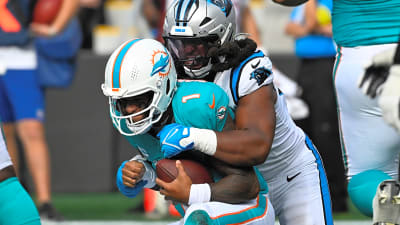
Roger Federer. The name itself conjures images of effortless grace, single-handed backhands that defy physics, and a trophy cabinet that’s probably insured for more than a small country’s GDP. For decades, another image was inseparable from the man: the Nike swoosh. It was a match made in marketing heaven. Federer was the epitome of class, and Nike was… well, Nike. They were a duo as iconic as Mario and Luigi, peanut butter and jelly, or a gamer and their crippling caffeine addiction.
Then, in 2018, the unthinkable happened. Federer walked onto the hallowed grounds of Wimbledon, not in his usual Nike kit, but in apparel from the Japanese brand Uniqlo. The tennis world, and the wider sports community, collectively spat out their Pimm’s. It was a seismic shift. The narrative at the time was simple: Federer, the master of his own destiny, had made a power move and left Nike for a bigger payday. But like a plot twist in a JRPG you didn’t see coming, the real story is far more dramatic and, frankly, a little spicy.
Turns out, the legend didn’t just walk away. According to his longtime agent, Tony Godsick, he was basically shown the door.
How Nike Fumbled the GOAT
In a candid conversation on Andy Roddick’s “Served” podcast, Godsick pulled back the curtain on one of the biggest apparel blunders in sports history. He made it painfully clear: Federer didn’t leave Nike; Nike left him.
“He would have stayed,” Godsick confessed, shattering the long-held belief that Federer initiated the split. The story goes that Federer’s 10-year deal with Nike was set to expire in February 2018. Godsick, doing his due diligence, spent a full year trying to hammer out a new contract. A whole year! You’d think re-signing a living legend, one of the most beloved and marketable athletes on the planet, would be a no-brainer. But apparently, Nike’s bean counters had other ideas.
“I understand that it’s hard to decide or place a value on someone who is already branded and 36 years old,” Godsick explained, trying to be diplomatic. But his frustration was palpable. This wasn’t some up-and-coming player; this was Roger Federer. Even at 36, he was still a dominant force. In fact, during the negotiation period, Federer went on an absolute tear, winning three more Grand Slams after a four-year drought. He was literally handing his agent all the ammunition he needed, and Nike still wouldn’t budge.
Godsick recounted his final, soul-crushing trip to Nike’s campus. “I left and went to the airport without a deal. I was super upset… I was going to go down as the agent who could not renew not only the greatest guy but the greatest tennis player in history.” Ouch.
The Scramble for a New Sponsor and a Little Help from Vogue
With Nike out of the picture, you’d assume brands would be lining up, throwing money at Federer like he was a Steam Summer Sale. Nope. The response was lukewarm at best. One brand said he was already too branded with Nike. Another said they’d have to wait a year. It was a classic case of a company being so big, it couldn’t see the colossal opportunity staring it in the face.
This is where the story gets a Hollywood-esque twist. Desperate to find a new home for his client, Godsick turned to an unlikely ally: Anna Wintour, the legendary editor of Vogue and a close friend of Federer. Over breakfast, he asked for a favor—an introduction to the founder of Uniqlo, Mr. Yanai.
Wintour sent a note, and within 12 hours, Godsick was on a plane to Japan for a 30-minute meeting. The first question from Mr. Yanai cut right to the chase: “Are you here to use me?” He’d been burned before by athletes using his offer as leverage to get a better deal from Nike. Godsick assured him they were serious. If Uniqlo met their vision—one that focused on fashion and a future beyond Federer’s playing days—the deal was theirs.
Federer’s Ultimate Payday
That 30-minute meeting turned into a landmark deal. Uniqlo signed Federer to a staggering 10-year, $300 million contract. For context, his entire career on-court prize money is around $116.6 million. The best part? The Uniqlo contract came with an unprecedented clause: Federer gets paid the full amount even if he stops playing. Let that sink in. It’s the kind of cheat code you only dream of.
There was just one hiccup: Nike still owned the trademark to his iconic “RF” logo. In a post-match press conference at Wimbledon, Federer acknowledged the issue, stating, “They are my initials. They are mine… The good news is that it will come with me at one point.” He eventually got it back, but not without a fight.
So, was Team Federer upset with Nike? Godsick’s answer is a masterclass in diplomacy. “No, we are happy with Nike because if they didn’t behave this way, Roger would still be there… but I’m not sure we’d be having this Roger silhouette.” It’s the corporate equivalent of “Thanks for the breakup, my next partner is way better.”
In the end, Nike’s shortsightedness cost them one of the most iconic athletes ever and handed their competitor a massive win. For Federer, it was a move that secured his financial future for generations and gave him the freedom to build his brand on his own terms. It’s a lesson for any company: never, ever underestimate a legend.
More must-reads:
- Coco Gauff surpasses Serena Williams, Venus Williams feat with Wuhan victory
- Angels want future Hall of Famer Albert Pujols to be their next manager, but there's a catch
- The 'Most starts by an NFL quarterback' quiz
Breaking News
Trending News
Customize Your Newsletter
 +
+
Get the latest news and rumors, customized to your favorite sports and teams. Emailed daily. Always free!

